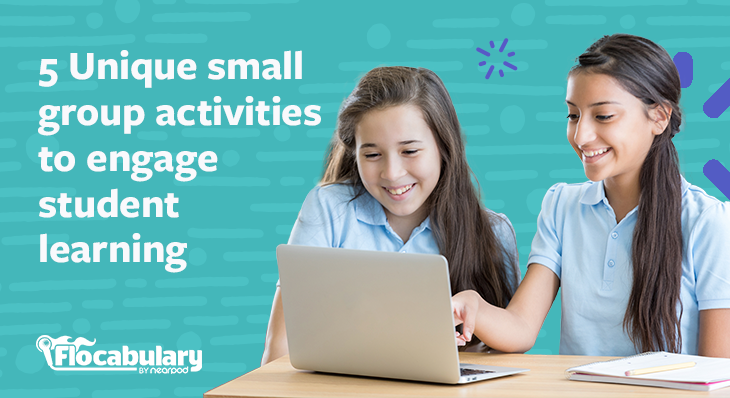
5 Unique small group activities to engage student learning
What is small group instruction for the classroom?
Small group instruction is a pedagogical approach where teachers work closely with a select number of students, typically ranging from three to six, to provide personalized learning experiences and differentiated instruction. Unlike whole-class instruction, which often adopts a one-size-fits-all approach, small group activities for instruction allow educators to tailor their teaching methods to the specific needs, interests, and abilities of each student while ensuring the rest of the class remains engaged in meaningful learning tasks.
Breaking down concepts in a small group teaching setting has proven to support student progress through mastery of a skill or standard with a more rigorous approach. This method enables students to engage in incremental challenges, progressively building upon knowledge gained from their peers.
Why is small group instruction important?
The benefits of small group instruction include providing students personalized attention, fostering active engagement, and enabling differentiated teaching to accommodate diverse learning needs. By setting clear learning objectives, teachers can ensure that each session is purposeful and directly aligned with students’ academic goals. This approach allows teachers to tailor support, deepen understanding, and create collaborative learning environments.
The power of Flocabulary
As a teacher with limited time, I know it can be challenging to prepare materials for center rotation or groups. Flocabulary makes it easy to incorporate standards at the click of a button without spending lots of time preparing them. Flocabulary is an educational platform that offers engaging video lessons with educational hip-hop songs and interactive activities, small group ideas become even more engaging and effective. Flocabulary’s unique approach to learning through music and multimedia captivates students’ interest and helps reinforce key concepts and vocabulary.
Here’s an example of the type of engaging videos you can find on Flocabulary.
Captivate students and make learning experiences memorable and interesting through Flocabulary. Sign up below to access the activities and lessons shared in this blog post!
5 Unique small group activities to engage student learning
Here are five small group instruction examples you can use with Flocabulary!
1. Turn & Talk
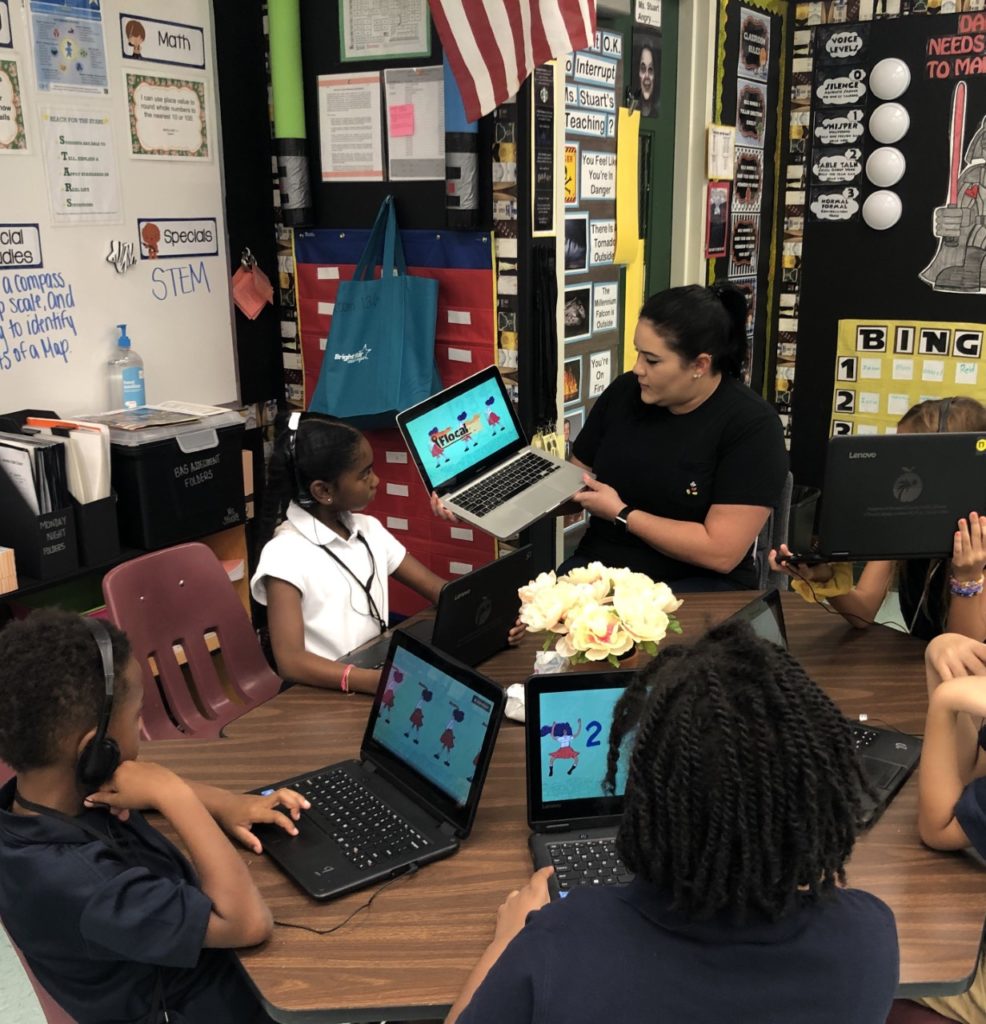
“Turn & Talk” is a helpful strategy for small group instruction, where students can discuss with a partner or small group. Here’s how it works: teachers pose a question or topic, and students turn to a nearby peer to share their thoughts. This fosters active participation, collaboration, and deeper comprehension, all while enhancing communication skills in the small group setting.
Discuss Mode is one of my favorite features that Flocabulary offers, especially to use as icebreakers for small groups. Usually, I will play the rap 1-2 times to let the students listen to it absorb the information, and process their thoughts. Then, I turn on Discuss Mode, which pauses the video in purposeful moments with a question discussion prompt you can use with your students.
Last year, I decided to turn this into a center. After playing the rap video for the students as a whole group, they proceed to their center where the team leader plays the video on Discuss Mode. When the question pops up, the leader asks the question to the group and they discuss the answers among themselves. When I meet with them for group work afterward, I review what they discussed to evaluate if they understood the concepts and vocabulary in the video lesson plan. If the answers aren’t what they should be, I review the questions with them again and provide more guidance.
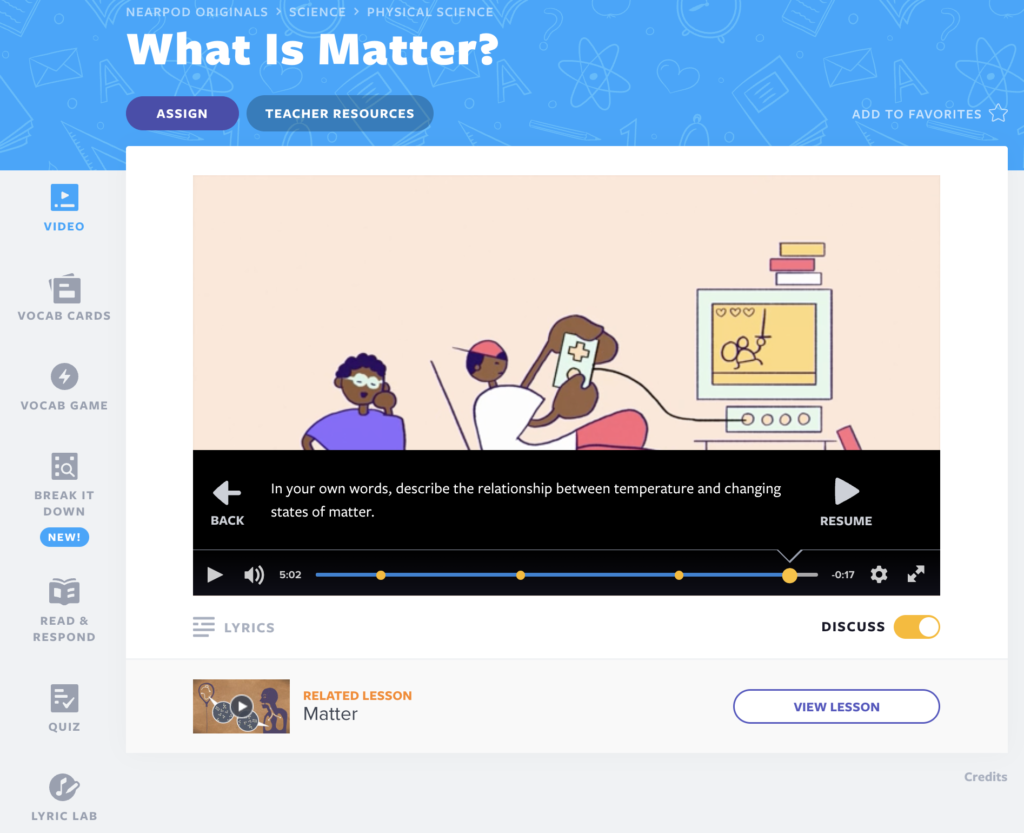
2. Quizzes
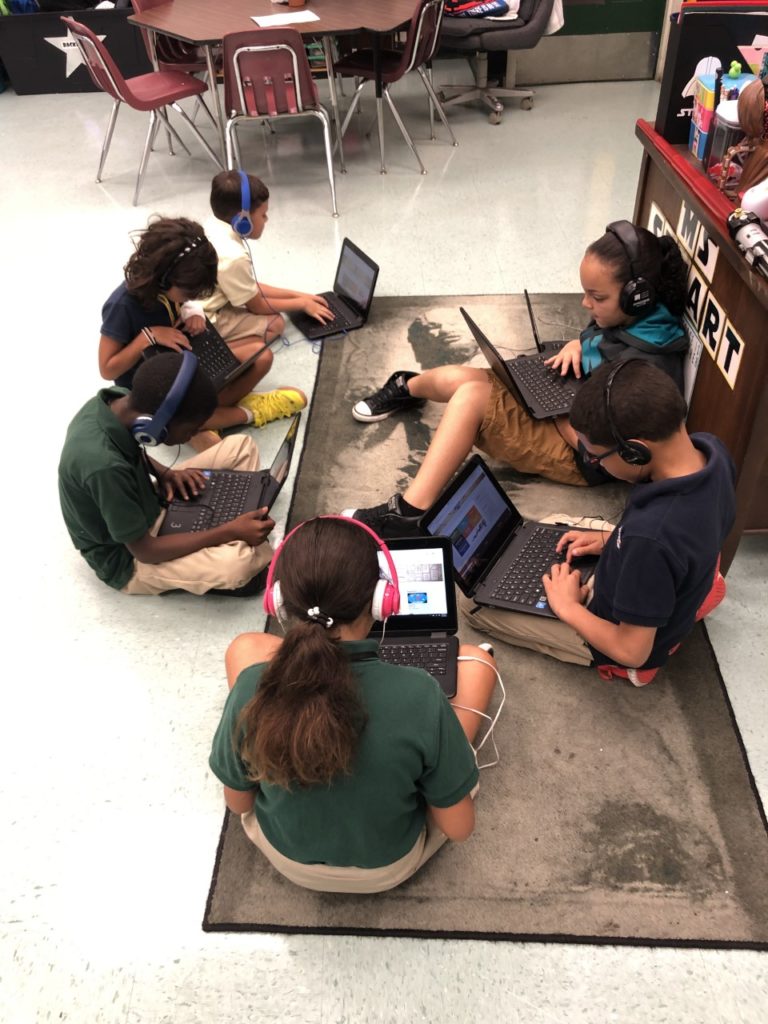
Using quizzes for small group activities involves using short quizzes or assessments to gauge students’ understanding of a topic or concept. In a small group setting, students can work together to answer the quiz questions, discuss their reasoning, and collaborate on finding the correct answers. This activity promotes active engagement, reinforces learning, and provides immediate feedback to both students and teachers on areas that may need further review or clarification.
Each Flocabulary video has a lesson sequence, which includes 5 activities that follow Bloom’s Taxonomy to accompany the video. I use the Quiz activity after watching the Flocabulary videos in small group rotations so students can work together to respond correctly. This allows them to also practice the process of elimination when choosing the right answer. Once this is done in a small group setting for some time, I find they can complete the future quizzes on their own for easier assessments with a high success rate.
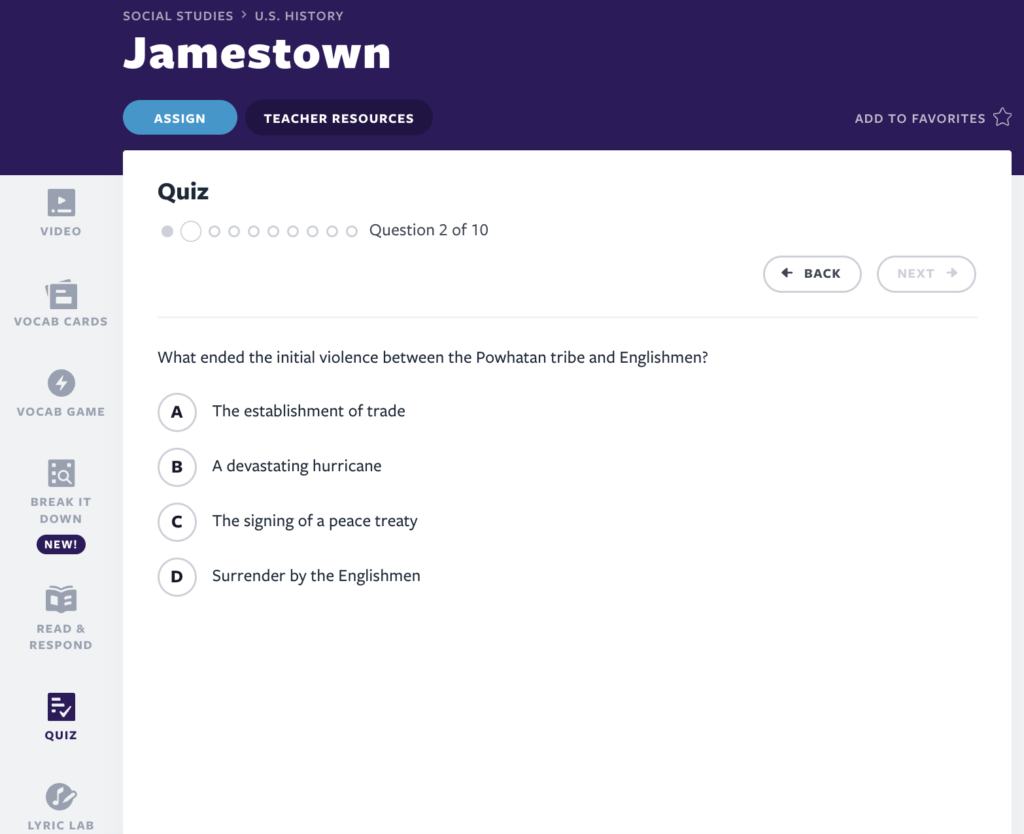
3. Buddy work
Buddy work pairs students to collaborate on tasks. Teachers can assign partners or let students choose. This approach encourages students to work together to complete assignments, solve problems, or discuss ideas. It helps them engage with the material, interact with peers, and develop communication skills, which fosters teamwork, builds confidence, and supports deeper learning through collaboration.
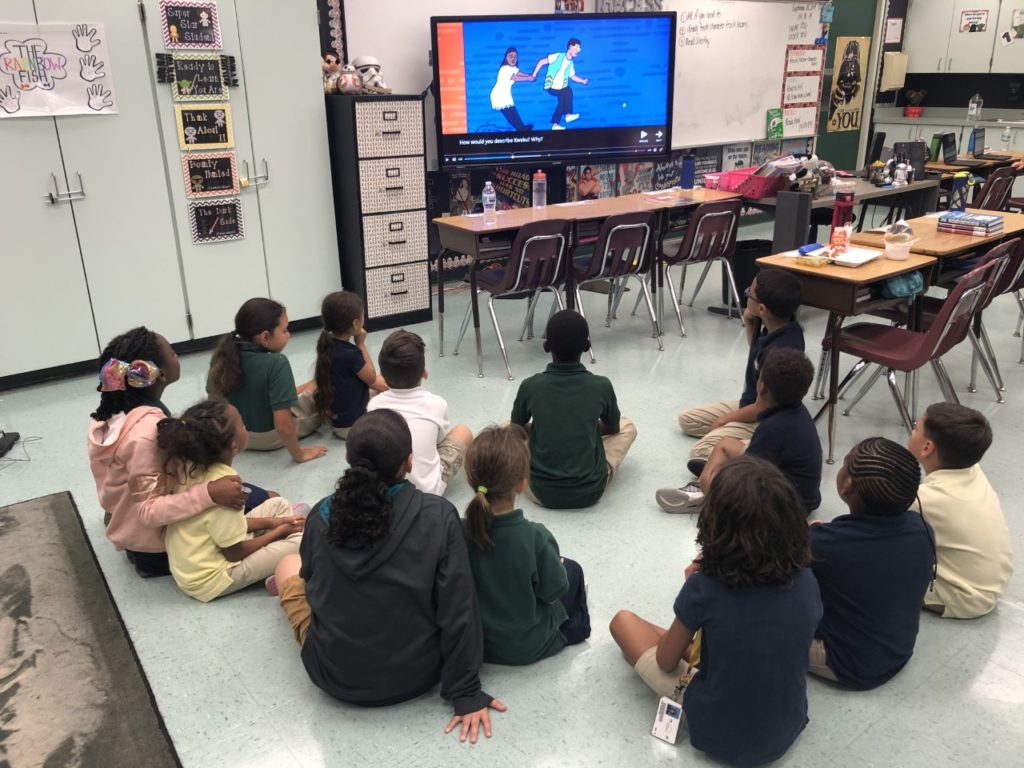
I’ve teamed up with a Kindergarten class this year to address teachers’ concerns about Flocabulary’s suitability for younger students. My third graders are paired with Kindergarten buddies to learn social and emotional skills using Flocabulary. We slow down the speed of the rap and use Discuss Mode to help the younger students learn and understand the key concepts. Older students guide their buddies through the material by asking questions and providing support. Sometimes, we mix students from both grades for discussions.
Additionally, teaming up with Kindergarten peers for Flocabulary lessons allows older students to reinforce their understanding of the material while developing leadership skills and empathy through mentoring. This collaborative experience contributes to a more inclusive classroom environment for all students.
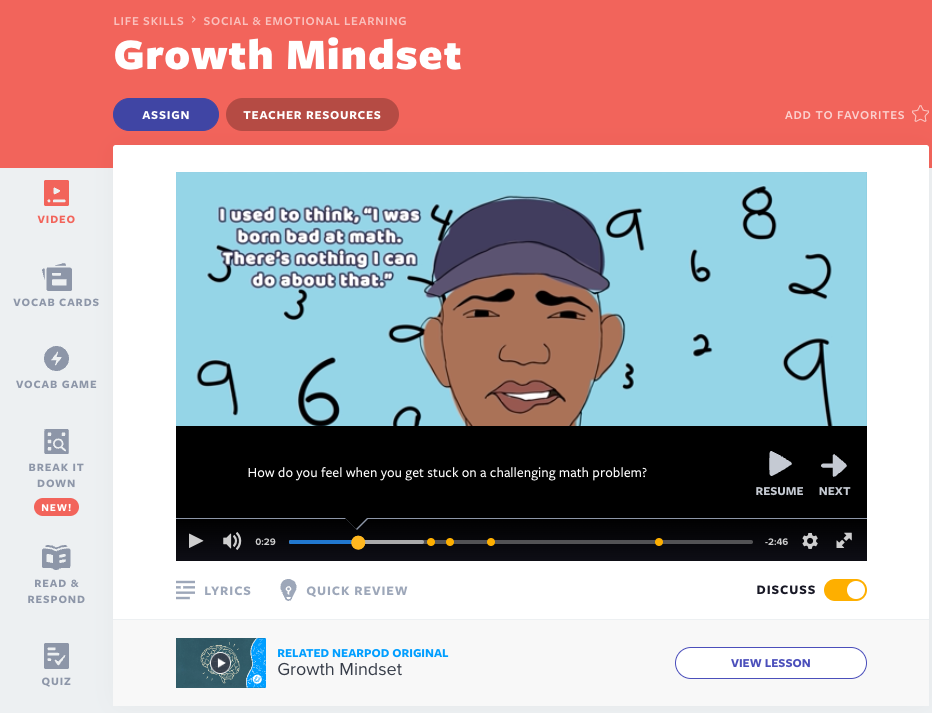
4. Interpreting lyrics
Students can analyze the text through close examination and interpretation of written passages, texts, or lyrics. Have your students work together in groups to dissect the text, identify key themes, analyze literary devices, and draw conclusions. This small group activity encourages critical thinking, deepens reading comprehension, builds vocabulary, and promotes collaboration among peers to enhance understanding of the text’s significance.
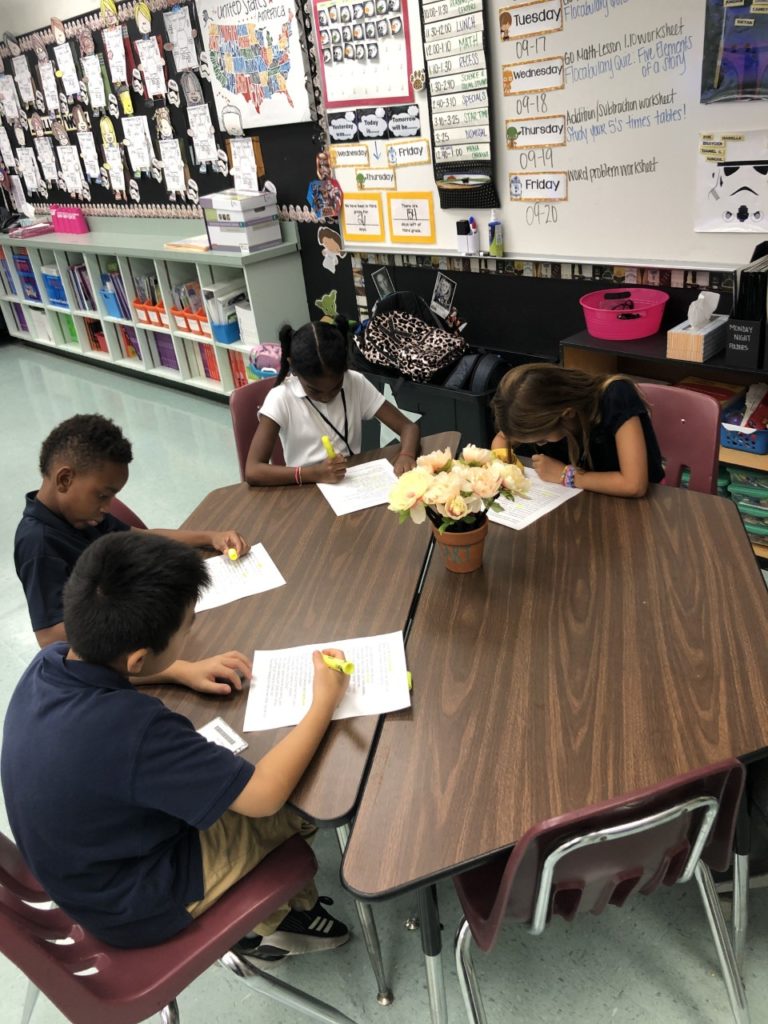
Take this one step further by analyzing Flocabulary’s song lyrics. Have students view the lyrics by clicking on “Lyrics” under the video, or print out the lyrics for them, which can be found in “Teacher Resources.”
Many intermediate-grade students struggle with figurative language and vocabulary, so I assign small group sessions based on the lyrics from the video lesson that will target specific writing skills each week. For example, students might highlight idioms and explain their meanings, or identify proper nouns in a Flocabulary rap song. The possibilities are vast, and with numerous videos available, you can incorporate them into any subject area. This not only strengthens writing skills but also exposes students to various concepts while engaging with the lyrics and learning vocabulary.
5. Vocabulary hot potato
Through the Hot Potato game, students typically pass an object around the group while music plays and when it stops, the group member holding the object must define or use a vocabulary word correctly before passing it to the next student. This engaging activity promotes active participation, rapid recall, and application of vocabulary knowledge in a fun and dynamic way within the small group setting.
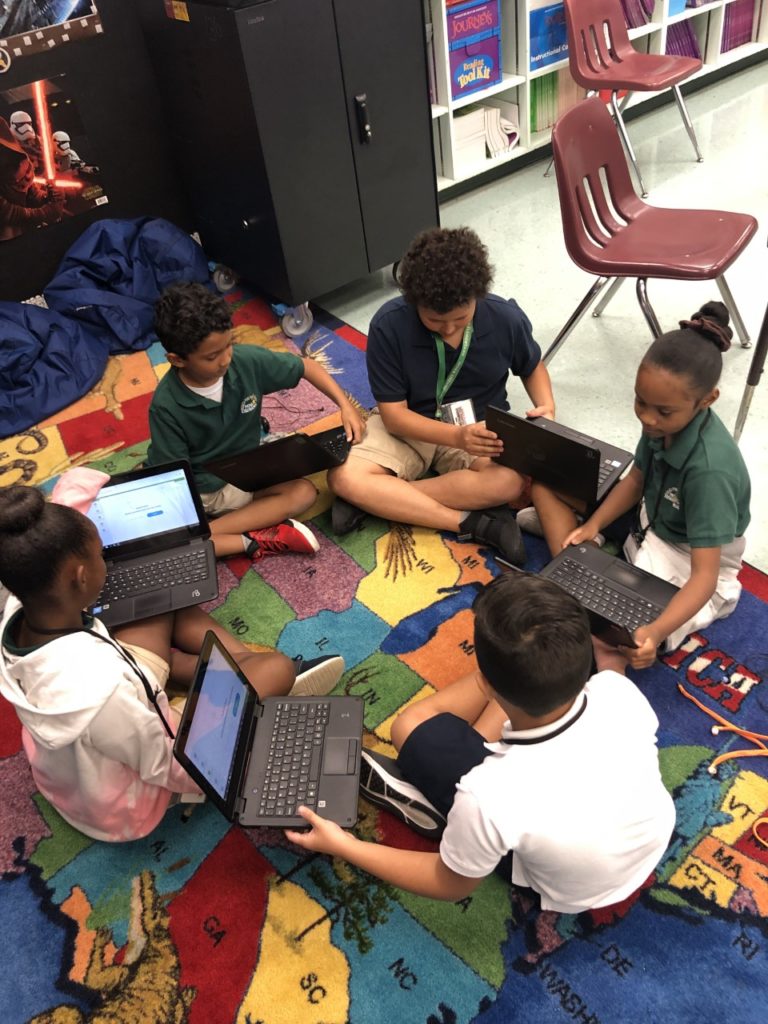
Increase student engagement with Flocabulary’s Vocab Game, an interactive activity within the lesson sequence. In this game, students answer questions by dragging the correct word, contributing to the creation of a musical beat. Each correct answer adds a new instrumental sound, motivating students to strive for accuracy to build the song.
To transform this concept into a group activity, students gather in a circle on the carpet and log into their Flocabulary accounts on individual devices. They simultaneously begin the Vocab Game, passing their device to the person on their right after answering each question. This is an absolute blast for them as they get to answer all of the questions on the game but on their peer’s computers. It’s really cool to see how they work together to complete the game!
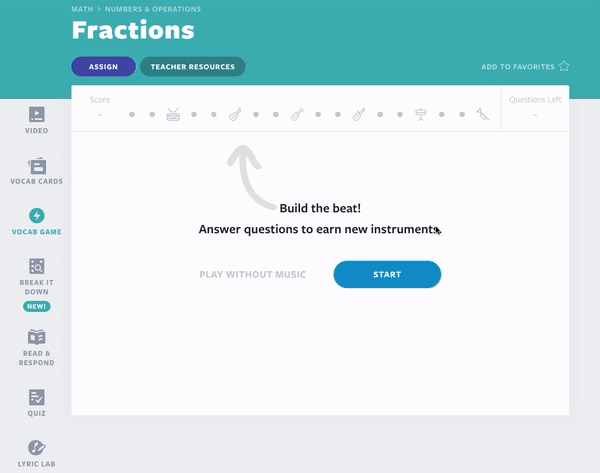
6. Create groups by skill improvement
Organize students into groups based on their individual skill improvement needs. Teachers can start grouping students accordingly after assessing their strengths and weaknesses in specific areas. For example, students who need additional support in identifying points of view may be grouped together to focus on that skill. You can also create reading groups based on students’ reading levels to target instruction.
Flocabulary Mix is the perfect tool to use for implementing small groups. Mixes consist of a skill video and a text video, which teachers can create and assign to students. Start by selecting the grade level, then finding the skill video for your students’ needs, and finally, select the video text you think they would enjoy the most. The skill video will play first for students followed by the video text. Students can then work together to complete the lesson sequence, including Break it Down where they can select evidence for their responses by clipping parts of the video.
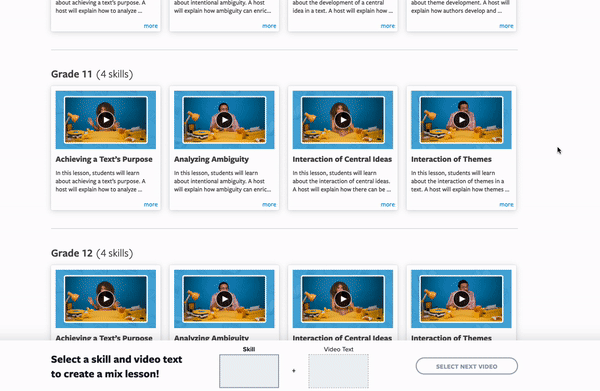
*Flocabulary Mix and Break it Down is only available to users with a Flocabulary Plus subscription.
Start using Flocabulary for small group activities and beyond
Implementing small group instruction is a powerful tool for boosting student learning. By tailoring lessons to individual needs, we create more engaging and effective learning experiences. With resources like Flocabulary, we can further enhance learning across subjects. Let’s embrace small group instruction and Flocabulary to create inclusive classrooms where all students thrive.
Captivate students and make learning experiences memorable and interesting through Flocabulary. Sign up below to access the activities and lessons shared in this blog post!
